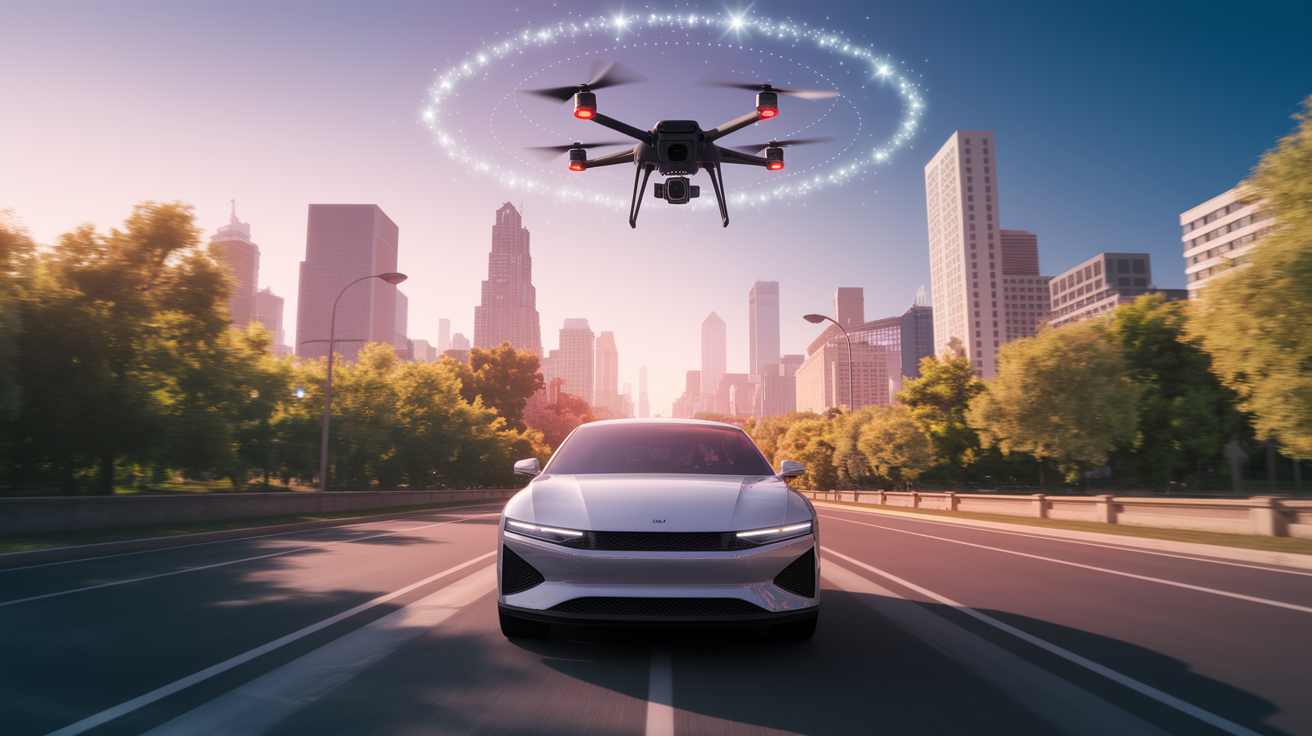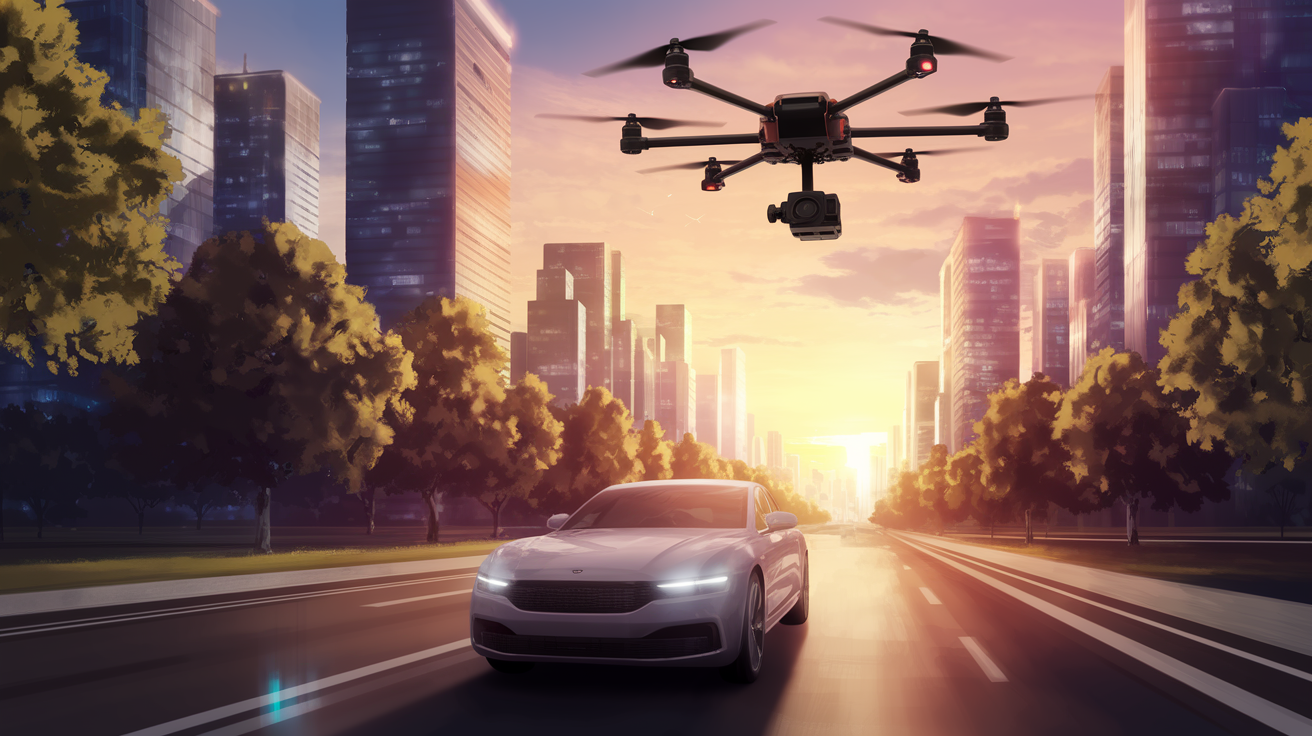The future of mobility lies at an intriguing crossroads: drone technology and autonomous driving. Both promise to revolutionize our world, but their areas of application and level of commercial maturity differ significantly. While drones are already established in many sectors, autonomous vehicles still face regulatory and technical challenges. This analysis highlights the strengths and weaknesses of both technologies and provides valuable insights for investors regarding their potential returns.
From Air to Infrastructure: Drones and Their Versatile Areas of Application

The use of drones has significantly increased in recent years due to their flexibility and technological advancements, establishing themselves as an innovative tool in numerous sectors. Their ability to perform tasks in challenging and inaccessible environments makes them indispensable helpers for inspections and monitoring. Large infrastructure projects, whether bridges or extensive pipelines, benefit from the efficiency of drone technology. Drones enable detailed inspections without the need for scaffolding or complex on-site logistics, saving both time and costs.
Another field where drones are gaining importance is logistics. Companies are rapidly and efficiently developing autonomous drones for deliveries to revolutionize the last mile of parcel transport, especially in areas with geographical barriers or challenging infrastructure conditions. Here, drones offer an economical and quick solution for delivering packages, medicines, or essential goods.
In agriculture, drone technology also showcases its potential: it accurately manages crop monitoring, fertilization, and even pest control. This precision agriculture approach increases yields and sustainably reduces resource usage, which is not only beneficial for the environment but also enhances the economic success of farmers.
In the field of security and rescue, drones also provide decisive advantages. During search and rescue operations, they prove their strength by quickly and efficiently locating endangered individuals. In this way, they support rescue forces, ultimately contributing to a faster response and rescue operation.
These versatile areas of application demonstrate how drone technology is disrupting various sectors and setting new standards. While the market is steadily growing due to regulatory challenges and technological complexities, it is evident that in the realm of innovation, drone technology offers enormous potential. The advancement and integration into our daily infrastructure indicate a future where drones will act as a common element of our everyday lives.
The Current Degree of Maturity of Drone Technology and Autonomous Driving in the Conflict Between Innovation and Market Integration

The rapid development of drone technology suggests triumphant advances so far in a variety of application areas. In the field of logistics and transportation, efficiency in the swift transport of goods has significantly improved, while inspection and monitoring tasks have been facilitated by the use of drones in difficult-to-reach areas. Pioneers like Sikorsky have achieved exceptional developments with their rotary-wing drone, which offers versatile usage opportunities and has already completed numerous successful test flights. Additionally, ZenaTech stands out for its mass production capability and ambitious market leadership goal, using its advanced capabilities to create systems for military and commercial applications.
While drone technology is on a solid path towards full commercial maturity and is already integrated into many sectors, autonomous driving lags slightly behind expectations. Thanks to the application of AI and machine learning, autonomous driving promises a significant increase in efficiency and safety in traffic. Companies like Waymo and Tesla are leading these silent revolutions, but challenges remain regarding regulation and infrastructure adaptations. The current regulatory framework poses a fundamental obstacle, despite strategic efforts in countries like the United States and Germany to integrate this technology into general road traffic.
The seamless introduction of both drone technology and autonomous driving into everyday life has the potential to profoundly change our economy and transportation system. Where drones already demonstrate their efficiency in real applications today, autonomous driving is still hindered in its public dissemination, primarily due to technological refinement and the development of adequate infrastructure. Both sectors are under close observation, with a clear perspective on the change they could bring to mobility and logistics.